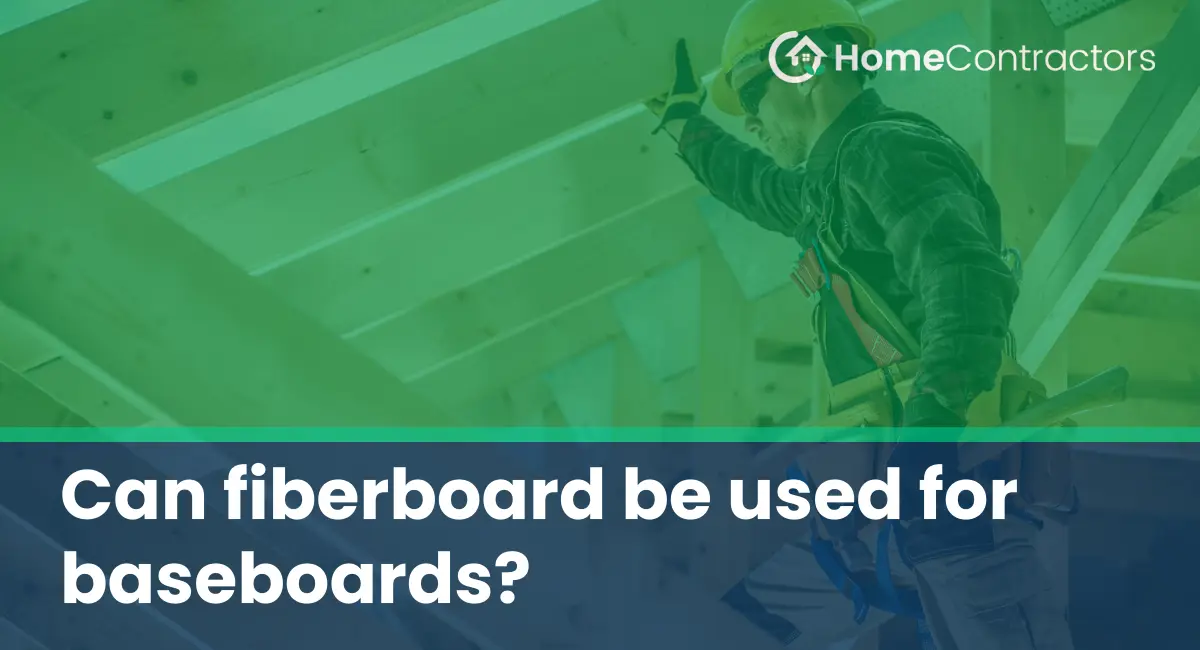When it comes to selecting baseboards for your home, there are numerous options available, including fiberboard. Fiberboard, also known as medium-density fiberboard (MDF), is a popular choice due to its affordability and versatility. In this article, we will explore whether fiberboard is a suitable material for baseboards, discussing its characteristics, benefits, and limitations.
Understanding Fiberboard
Fiberboard is an engineered wood product made by compressing wood fibers and resin under high pressure. It is an affordable alternative to solid wood and offers various advantages for homeowners. Fiberboard is known for its smooth and consistent surface, making it an ideal choice for applications where a sleek and uniform appearance is desired.
Benefits of Fiberboard as Baseboards
- Affordability: One of the primary advantages of fiberboard baseboards is their low cost compared to solid wood alternatives. This makes fiberboard an attractive option for those working on a budget or looking for a cost-effective solution without compromising on quality.
- Versatility: Fiberboard baseboards are available in a wide range of styles and profiles, making it easy to find a design that suits your aesthetic preferences. Whether you prefer a traditional, contemporary, or rustic look, fiberboard baseboards can be found in various finishes and sizes to meet your needs.
- Consistent Appearance: Fiberboard is manufactured in a controlled environment, resulting in a consistent surface with minimal imperfections. This makes it easier to achieve a clean and flawless look throughout your home, enhancing the overall appearance and value.
- Easy Installation: Installing fiberboard baseboards is relatively simple, especially for those who have basic DIY skills. They can be easily cut and shaped to fit any space, allowing for a seamless installation process. Additionally, fiberboard baseboards are lightweight, making them easier to handle and maneuver.
Limitations of Fiberboard as Baseboards
- Susceptible to Moisture Damage: Unlike some other types of baseboard materials, fiberboard is sensitive to moisture. When exposed to excessive moisture or humidity, fiberboard can swell and warp. Therefore, it is important to avoid using fiberboard baseboards in areas prone to moisture, such as bathrooms or kitchens.
- Less Durability: While fiberboard is a cost-effective option, it is not as durable as solid wood baseboards. Fiberboard is prone to chipping and denting, especially in high-traffic areas or if not handled with care during installation. However, proper maintenance and protective measures can help minimize these issues.
- Limited Repair Options: In case of damage to fiberboard baseboards, repair options may be limited. Unlike solid wood baseboards that can be sanded and refinished, fiberboard baseboards may need to be replaced entirely if significant damage occurs. Therefore, it is essential to take preventive measures to avoid any potential damage.
Fiberboard can indeed be used for baseboards. Its affordability, versatility, and consistent appearance make it an attractive option for homeowners. However, it is important to consider its limitations, such as susceptibility to moisture damage and lower durability. Ultimately, the decision to use fiberboard baseboards should be based on your specific needs, preferences, and the environment in which they will be installed.
